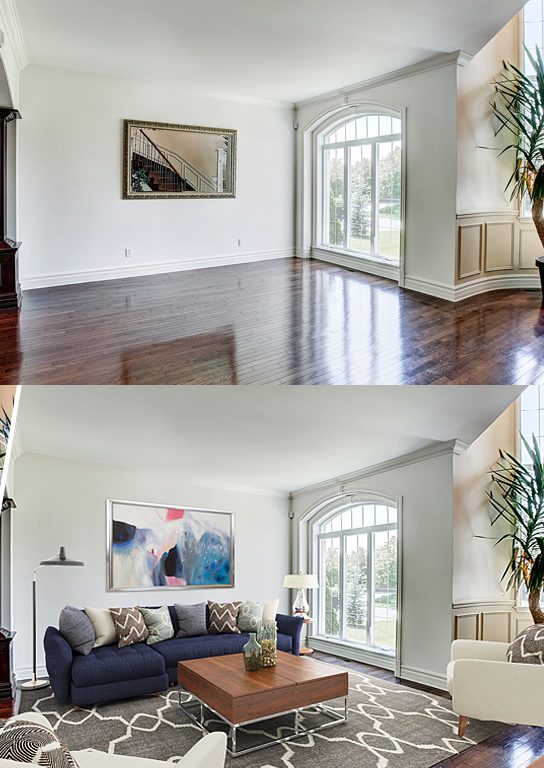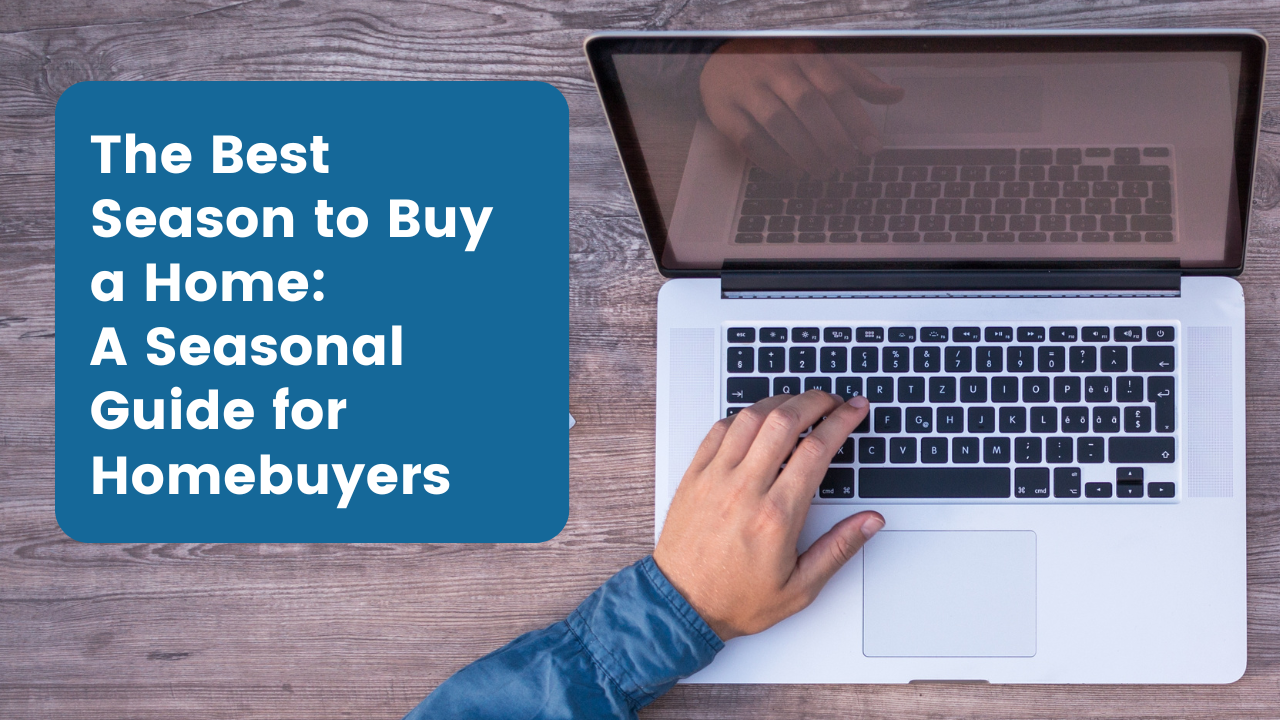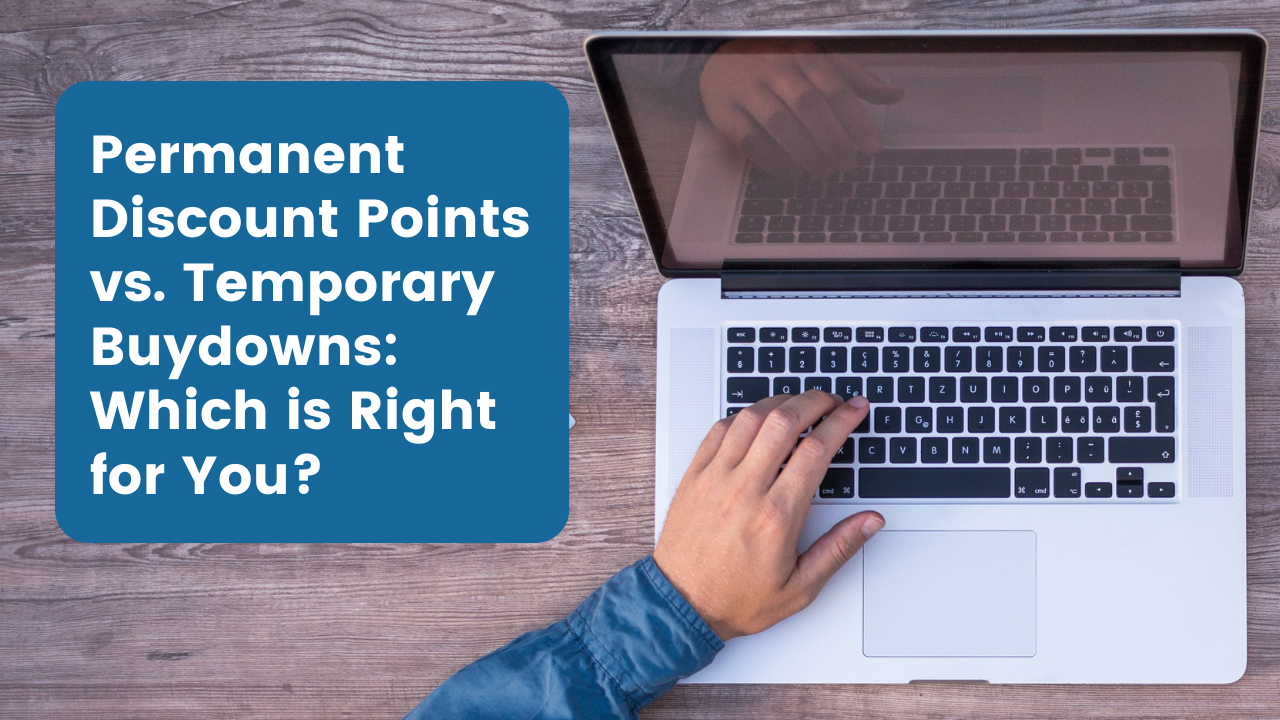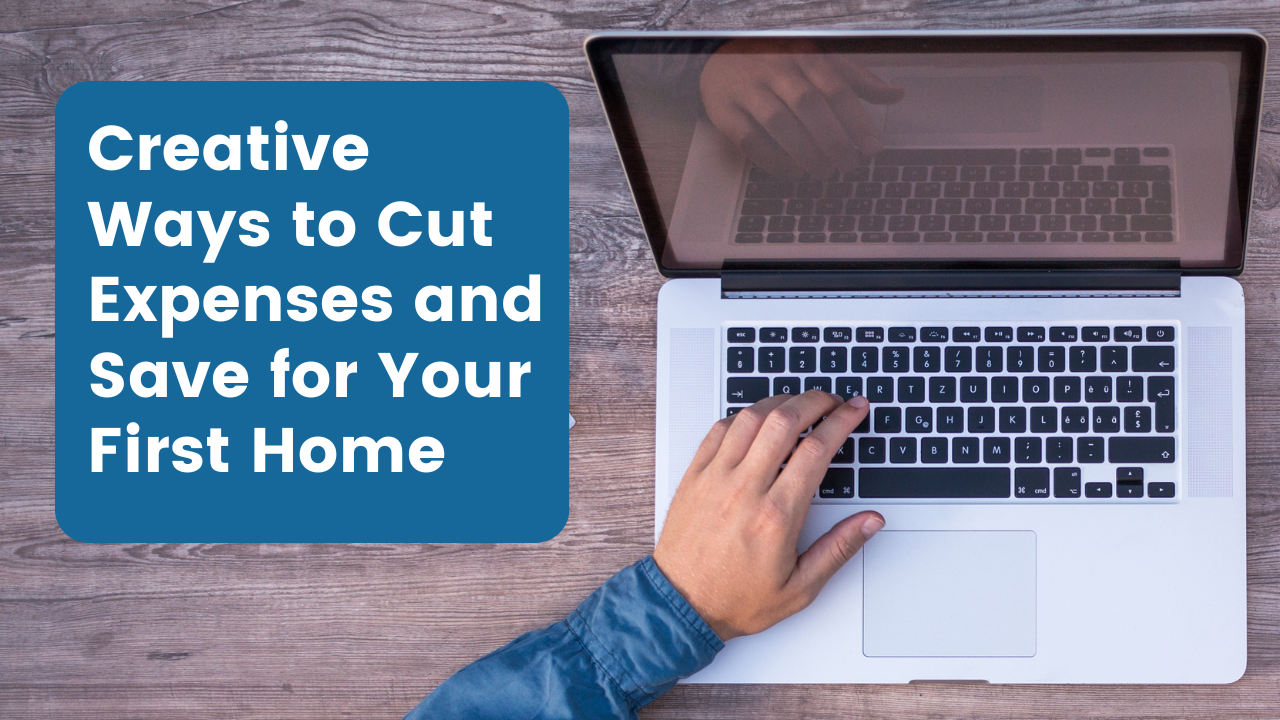Buying a home is one of the biggest financial decisions you’ll ever make, and timing…

Up Next In PDX’s Hot Home-Buying Market: Virtual Staging
Virtual staging is getting more common, especially for condos, which are more likely to linger on the market.
Article from Portland Monthly
In an age when more of us than would care to admit it fall asleep with fantasies of pristine Zillow listings dancing in our heads, it’s difficult to understate the importance of some well-placed home staging. A perfectly insouciant throw pillow here, a midcentury-modern couch with a sweet little succulent plant perched atop a geometric end table there, and suddenly you’re imagining yourself in that four-bedroom bungalow that’s way outside your price range.
But for sellers, home staging is a significant upfront cost, though one that realtors say pays for itself via eventual higher offers from would-be buyers, with a four-fold recouping of the costs. Enter virtual staging, which has been rising in popularity during the pandemic, when social distancing, capacity limits, a new openness by employers to remote work, and a mad rush for single family homes has left more people than ever making offers based solely on online viewings.
In 2020—a potential outlier year, to be sure—63 percent of home-buyers made an offer on a house they hadn’t seen in person, according to research by Seattle-based brokerage firm Redfin.
Amy Lang, of Bridge City Staging, says her virtual staging business—the first one that’s local to Portland so far as she knows—has ramped up significantly during the pandemic, particularly for condominiums, which tend to sit on the market longer than single-family homes.
One big factor could be the cost. Staging a home for a month in Portland can cost between $2500–5000, depending on how many rooms you’re decking out, which adds up quickly the longer your home takes to sell. Virtual staging is far cheaper: Lang charges $60 per photo, a one-time fee that lets sellers use the photos for as long as they need. Home-sellers usually purchase between six and ten photos, she adds.
Virtual staging has been around for over a decade now, but it’s only recently that the technology has evolved enough that laypeople scrolling through photos won’t immediately be able to spot the difference between virtual staging and traditional staging. Lang has a library of 3-D modeled furniture to choose from; she puts it into photos via programs including Computer Aided Design software, Photoshop and Blendr.
She also works with real estate photographers to make sure that rooms are being shot from an angle that will let her put virtual staging on its best foot forward, and with realtors to make sure that the style of furniture she’s choosing will mesh with the property’s bones and for potential buyers.
“I work with measurements of the room, to make sure what we are putting in there is physically possible,” Lang says. “I look at the property with the eyes of a stager—I make sure I’m not covering doors, I don’t change floors or paint colors.”
Traditional home stagers, a booming field in Portland’s hot real estate market, are dubious that virtual furniture can measure up.
“Even though the technology is progressing, it can’t replace real furniture arranged in a way that helps potential buyers envision the layout,” says Katherine Maund of Portland-based Copeland + Co., an interior design and home-staging firm. “We know that serious buyers are still walking through homes despite COVID risks. Though virtual staging may get them in the door, we feel like it’s a bit of a letdown once they’re inside.”
Doing it right takes skill and precision, Lang acknowledges; there’s plenty of shoddy virtual staging to be found online, with books photoshopped onto a shelf with the words in the wrong direction, or sofas that float suspiciously half an inch or so off the floor.
And it’s not a fit for every home, she says. Historic homes that are bound to attract a lot of open house interest won’t be best-served by virtual staging, she says, or sometimes sellers will virtually stage only bonus spaces, to help buyers imagine the possibilities. Case in point: Lang once virtually staged the same outbuilding as, variously, a billiards room, a home-office and a workout space.



